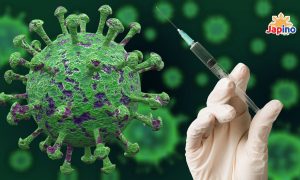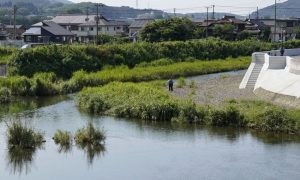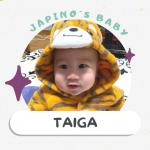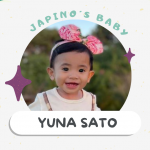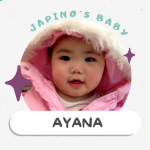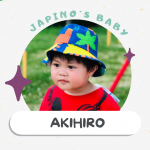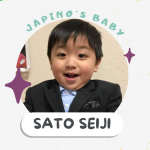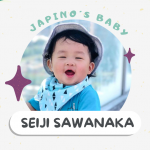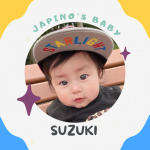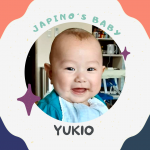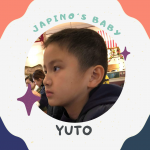Japan’s COVID-19 State of Emergency Was Fully Lifted
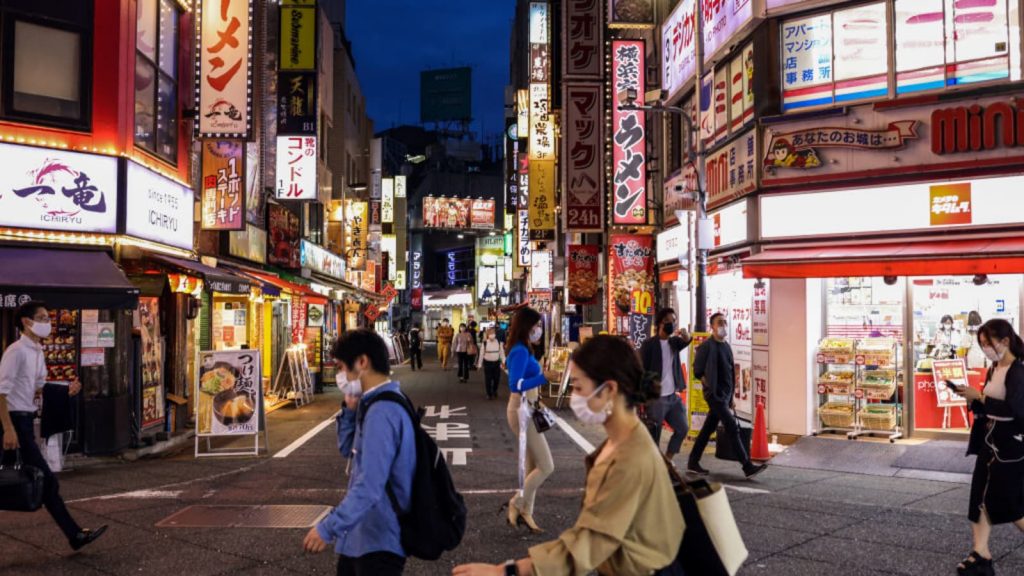
Japan’s COVID-19 state of emergency was fully lifted on Friday, making it the first time since April that the entire country is not under the measure to curb infections.
The state of emergency, which covered Tokyo and 18 other prefectures, and a quasi-state of emergency ended Thursday following a steady decline in new cases of the coronavirus nationwide and the easing of the strain on the country’s medical system.
Businesses, such as restaurants and theme parks, have prepared for an expected increase in customers as the government plans to ease restrictions in stages to bring back social and economic activities, while also preventing another wave of infections.
Since people were asked to refrain from traveling under the state of emergency, the tourism sector has been seeing a rise in reservations for domestic tours and accommodation.
All Nippon Airways Co received about 50,000 reservations, about 10 times more than the average of a month ago, on Wednesday, a day after the government decided to end the state of emergency and the quasi-state of emergency, which covered eight of the country’s 47 prefectures.
Meanwhile, Tokyo Disney theme parks and Universal Studios Japan will increase the maximum number of daily visitors admitted from 5,000 to 10,000.
“I really want to welcome this as a first step,” said Atsunori Matsuda, an 80-year-old owner of an eatery in Shimbashi, a busy district with many Japanese-style “izakaya” pubs and restaurants.
Under the state of emergency, people were urged to refrain from nonessential outings and avoid going to crowded places, while restaurants and bars were asked to close by 8 p.m. and not to serve alcohol.
The government will continue for about a month to ask restaurants and other dining establishments to close by 8 p.m. but those taking sufficient anti-virus steps can operate until 9 p.m. In Tokyo, the metropolitan government decided that establishments can serve alcohol if they receive certification for their anti-COVID measures.
“Not having alcohol at an eatery had been a huge blow,” said Matsuda, who has been preparing for the lifting of the emergency by sending emails to customers and purchasing sake kept in a traditional wooden cask to celebrate the occasion.
But Watami Co, which temporarily closed about 80 percent of its roughly 300 pubs, has given up on reopening all of its establishments at once due to difficulties in securing enough workers, a company official said.
Attendance at large-scale events such as concerts and sports games has also been eased, with the maximum number of spectators increased to 10,000 from 5,000.
Infections across Japan have been falling since hitting a nationwide daily record of 25,867 on Aug 20. On Thursday, 1,576 cases were reported across the country.
Tokyo was placed under its latest state of emergency on July 12, 11 days before the opening of the Olympics, joining Okinawa, the only other area then subject to the measure. Other prefectures, including Osaka and Fukuoka, were placed under it in August.


